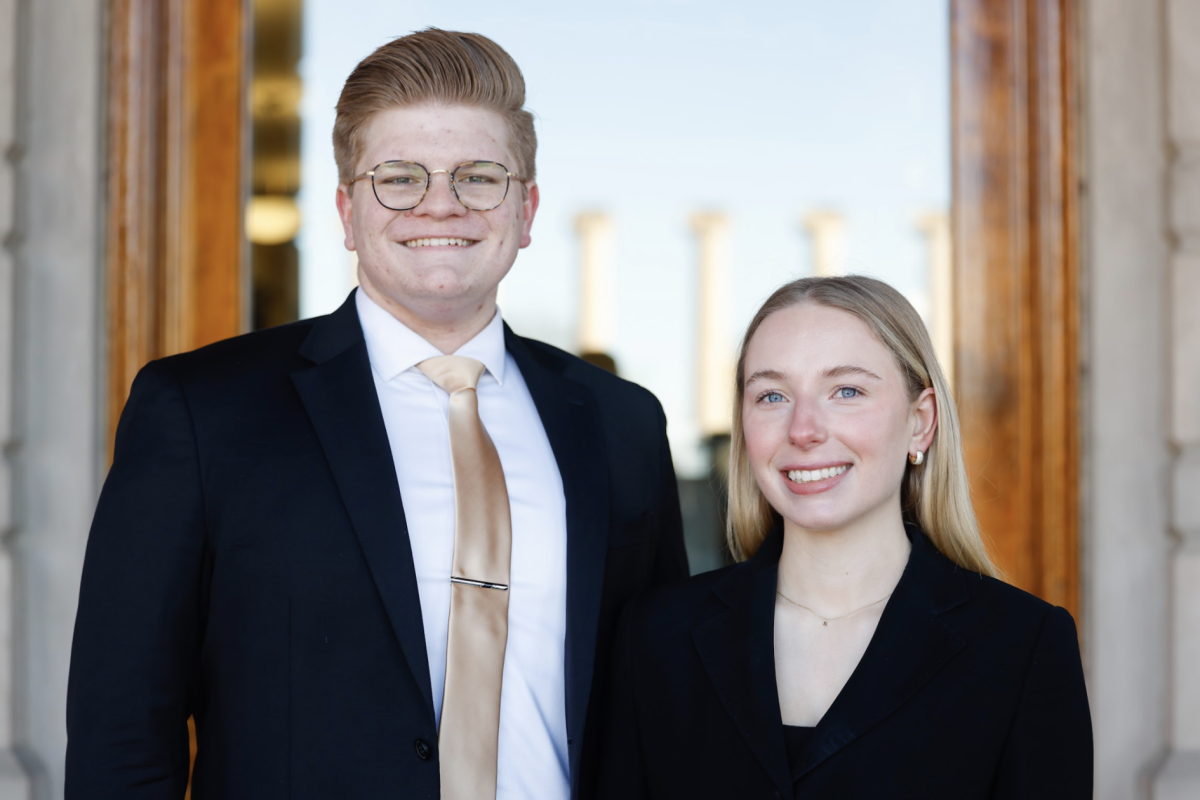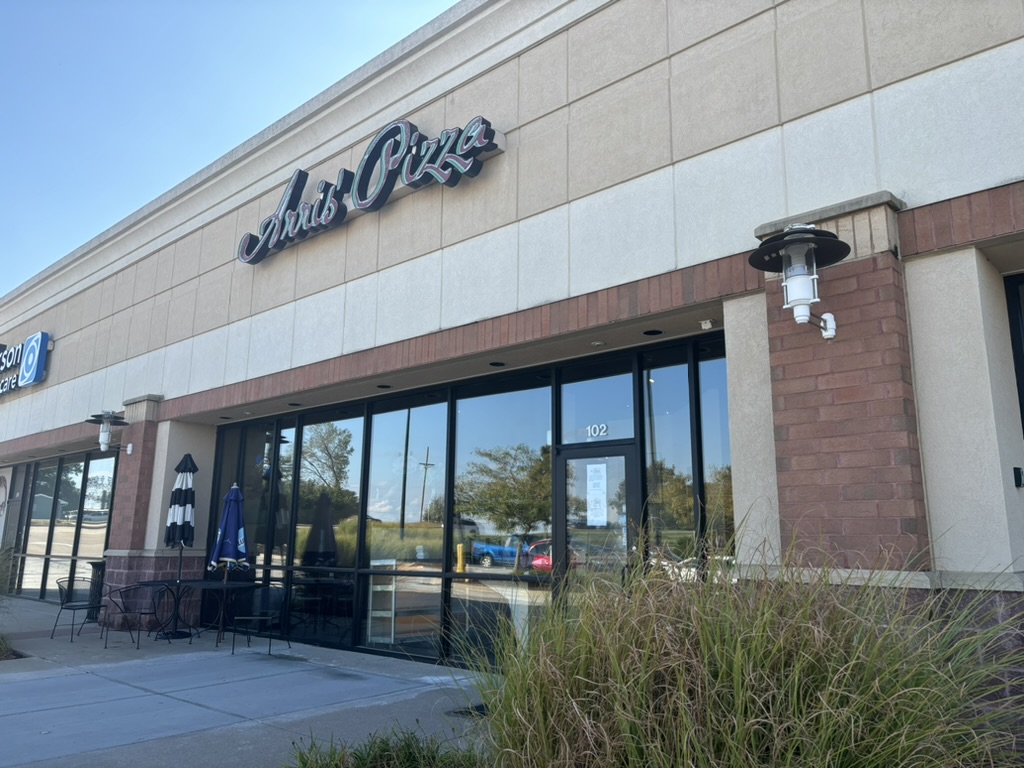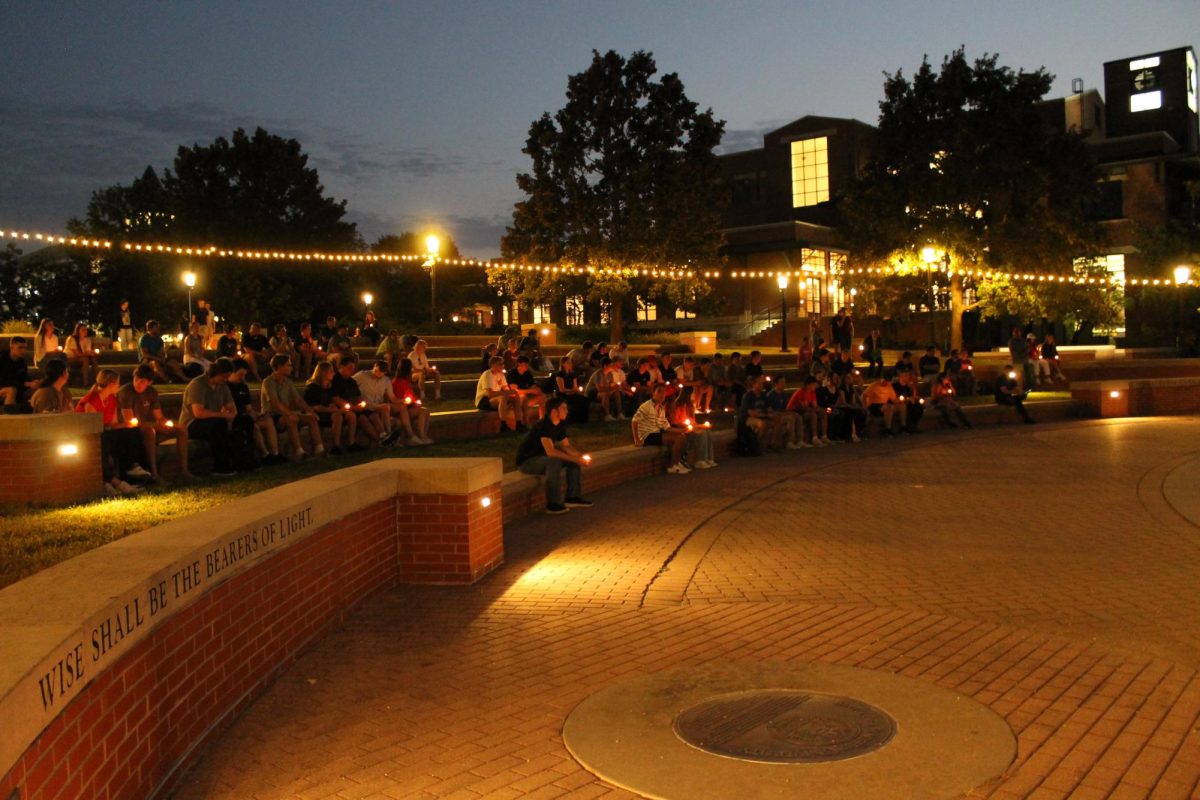Two months after the killing of Michael Brown, the protests continue to spill onto college campuses and sports stadiums, and spark conversation about how educators deal with the subjects of race and inequality.
MU students and faculty, professors from around the country and members of the community gathered in the Reynolds Alumni Center on Thursday evening to discuss what communities and students can learn from the events in Ferguson, Missouri.
The discussion began with an impassioned introduction from Alex Cuenca, an assistant professor of education at Saint Louis University, who said Occupy SLU has brought teaching moments to a university that prides itself on social justice.
He said the events in Ferguson could help illuminate answers to difficult questions regarding race, and urged educators to teach for Ferguson, not about it, by seeking a higher standard of justice in every classroom.
Cuenca said the demonstrations at SLU have had their own effect.
“We can think about justice in the abstract, we can think about it as something we aspire to do, but when it’s on your campus and you have to have the conversation,” he said. “It creates cognitive dissonance.”
Cuenca said the overall student responses to the Occupy movement have been positive, despite some opposition.
“They’re organized, they’re peaceful,” he said. “They’re just looking for justice.”
Cuenca argued that schools don’t teach to eliminate inequity. He said he denounced their “career-readiness” approaches because they leave out too many pivotal lessons.
“It’s brought to the limelight some of the particular nuances of race in our community specifically,” he said.
Cuenca described St. Louis as an area with somewhat rigid racial divides.
He explained that children from Clayton, Missouri, an affluent city in St. Louis County, are likely to live about 20 years longer than children born in north St. Louis, a predominantly black community just one zip code away.
These children born in north St. Louis, Cuenca said, are raised from birth with less resources compared to white children.
The panelists saw the events in Ferguson as a way to enlighten students about social justice. The guest speakers also offered solutions for addressing racism in the classroom.
Terrie Epstein, a professor at the Hunter College School of Education, said whites and blacks perceive history differently. She said where whites see rights over time as progressively inclusive, blacks view them in the opposite.
“We need to recognize white privilege,” she said. “Whites have benefited from and continue to benefit from racism.”
Epstein draws attention to parts of U.S. history that never surface, such as the “Second Emancipation Proclamation,” a document written by Martin Luther King Jr. but never signed by President John F. Kennedy.
Epstein said the document, though unknown to most, highlights how little attention history pays to the legacy of blacks.
Cuenca said often omitted from history books are the achievements of black Americans.
“Overall, there isn’t explicit attention paid to race,” he said. “We pay lip service to race — we put it in boxes in history textbooks … As far as the contributions of African Americans to our country and our foundation, we don’t have much mention, if any at all.”
Epstein also spoke about a descriptive plan for teaching race in classrooms.
She asked teachers to relearn lessons on society through the lack of freedom and exclusion of rights. While whites may view society as progressively inclusive, she said, such is not the case for blacks.
Epstein said teachers need to not only recognize racial inequalities, but repent for these inequalities.
“It’s not enough to acknowledge white privilege,” Epstein said. “If you have students who don’t believe in systematic racism, you need to give them the evidence it exists … You create credibility by acknowledging racism in the classroom.”
The final guest speaker, LaGarrett King, an associate professor of secondary education at Clemson University, offered the perspective that Americans are bred into unjust perceptions of black people.
He discussed the way media shapes how black males are stereotyped and the way American culture has historically taught people to fear blacks.
King said the ways in which society communicates inequality include: building highways through predominately black neighborhoods, redlining streets in those neighborhoods and making the area less valuable and using metal detectors in predominantly black schools.
“We are a country embedded in racism,” he said.
The speakers concluded by noting that the events in Ferguson display heavy issues in society and demand a change in the way race is taught and talked about.
“We should be teaching for Ferguson, not about it,” Cuenca said.













